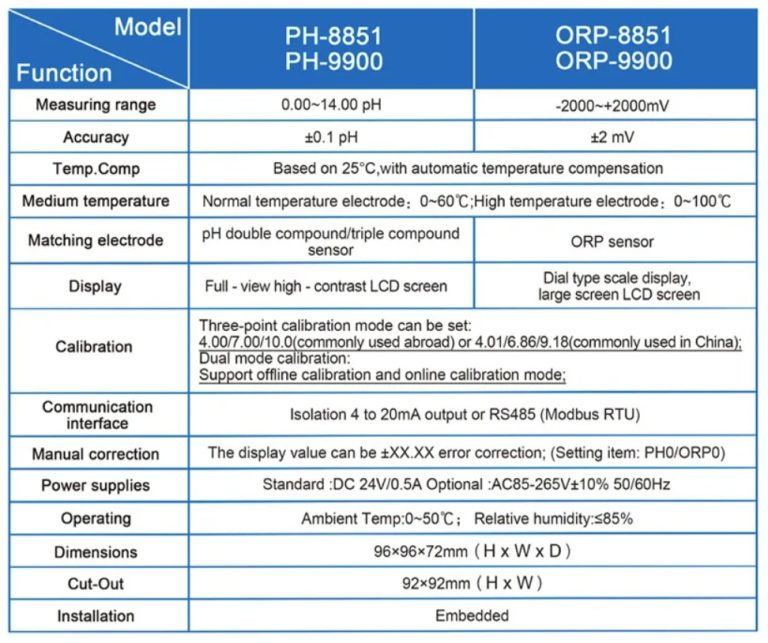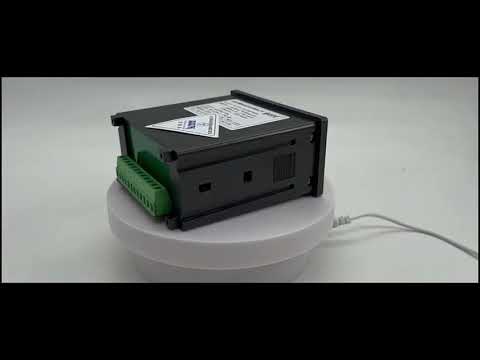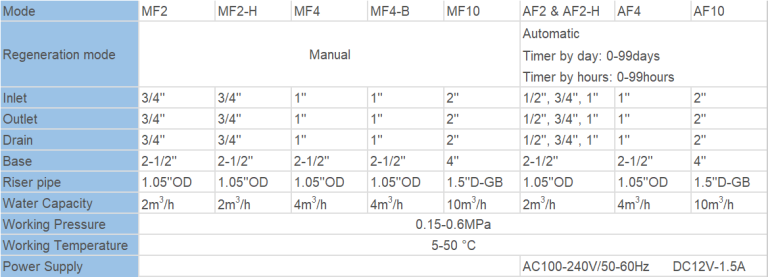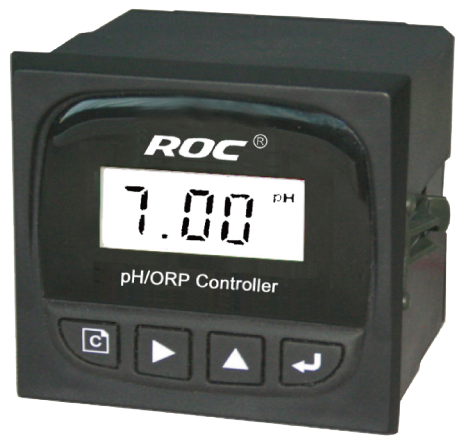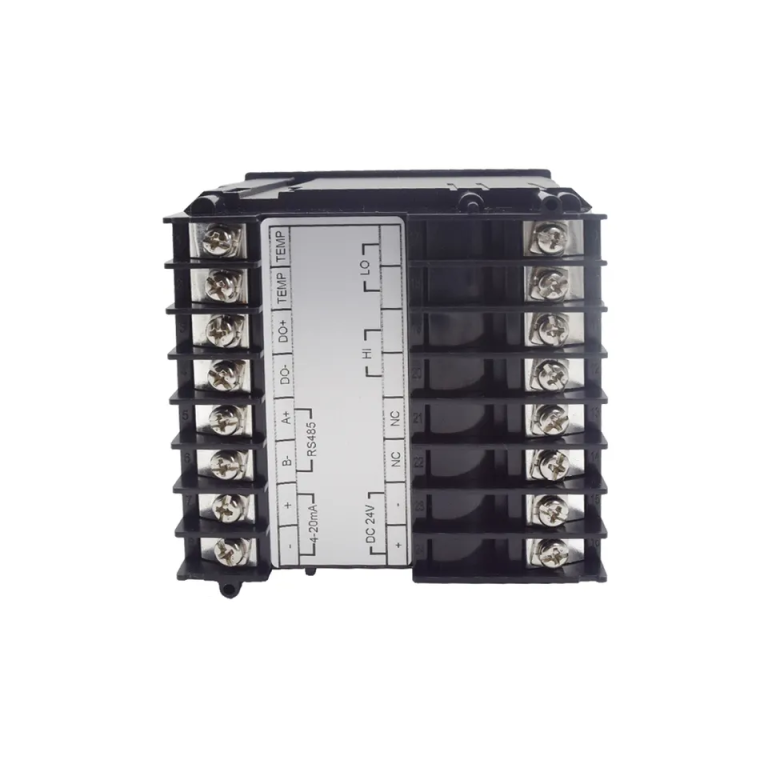Table of Contents
Importance of Regularly Testing Nitrate Levels in Water
Water quality is a crucial aspect of maintaining a healthy environment for both humans and aquatic life. One of the key parameters to monitor in water quality testing is the level of nitrates present in the water. Nitrates are a common contaminant in water sources, and their presence can have harmful effects on both human health and the ecosystem. Regularly testing nitrate levels in water is essential to ensure that the water is safe for consumption and to prevent potential environmental damage.
Nitrates are a form of nitrogen that can enter water sources through various sources, including agricultural runoff, sewage discharge, and industrial activities. High levels of nitrates in water can lead to a condition known as nitrate pollution, which can have serious consequences for both human health and the environment. In humans, exposure to high levels of nitrates can lead to a condition called methemoglobinemia, or “blue baby syndrome,” which can be fatal in infants. In addition, nitrates can also react with other chemicals in water to form nitrosamines, which are known carcinogens.
In the environment, high levels of nitrates can lead to eutrophication, a process in which excessive nutrients in water cause algal blooms to form. These algal blooms can deplete oxygen levels in the water, leading to fish kills and other negative impacts on aquatic life. In addition, the decomposition of algal blooms can release toxins into the water, further harming the ecosystem.
Given the potential risks associated with high nitrate levels in water, it is important to regularly test water sources for nitrates. One of the most convenient and reliable ways to test nitrate levels in water is to use a water test kit specifically designed for nitrates. These test kits are easy to use and provide accurate results in a matter of minutes. By regularly testing nitrate levels in water, individuals can ensure that their drinking water is safe for consumption and take steps to address any potential contamination issues.
In addition to testing water sources for nitrates, it is also important to take steps to prevent nitrate pollution in the first place. This can include implementing best management practices in agriculture to reduce runoff, properly managing septic systems to prevent contamination, and reducing the use of nitrogen-based fertilizers in landscaping. By taking proactive measures to prevent nitrate pollution, individuals can help protect both human health and the environment.
Overall, regularly testing nitrate levels in water is essential for ensuring water quality and preventing potential health and environmental risks. By using a water test kit specifically designed for nitrates, individuals can easily monitor the nitrate levels in their water sources and take appropriate action if contamination is detected. By staying vigilant and proactive in monitoring nitrate levels in water, we can help ensure a safe and healthy environment for ourselves and future generations.
How to Choose the Best Water Test Kit for Nitrate Testing
When it comes to ensuring the safety and quality of your drinking water, testing for nitrates is an essential step. Nitrates are a common contaminant found in water sources, often originating from agricultural runoff, septic systems, and industrial waste. High levels of nitrates in drinking water can pose serious health risks, particularly for infants and pregnant women. To accurately monitor nitrate levels in your water, investing in a reliable water test kit is crucial.
| Model | EC-8851/EC-9900 High Precision Conductivity/resistivity controller |
| Range | 0-200/2000/4000/10000uS/cm |
| 0-20/200mS/cm 0-18.25M\u03a9 | |
| Accuracy | Conductivity:1.5%;\u00a0 Resistivity:2.0%(FS) |
| Temp. Comp. | Automatic temperature compensation based on 25\u2103 |
| Oper. Temp. | Normal 0\uff5e50\u2103; High temp 0\uff5e120\u2103 |
| Sensor | 0.01/0.02/0.1/1.0/10.0cm-1 |
| Display | LCD Screen |
| Current Output | 4-20mA output/2-10V/1-5V |
| Output | High/Low limit dual relay control |
| Power | DC24V/0.5A or |
| AC85-265V\u00b110% 50/60Hz | |
| Working Environment | Ambient temperature:0\uff5e50\u2103 |
| Relative humidity\u226485% | |
| Dimensions | 96\u00d796\u00d772mm(H\u00d7W\u00d7L) |
| Hole Size | 92\u00d792mm(H\u00d7W) |
| Installation Mode | Embedded |
There are several factors to consider when choosing the best water test kit for nitrate testing. First and foremost, it is important to select a kit that is specifically designed for detecting nitrates. While some general water test kits may include nitrate testing capabilities, it is best to opt for a kit that is tailored to this specific contaminant for more accurate results.
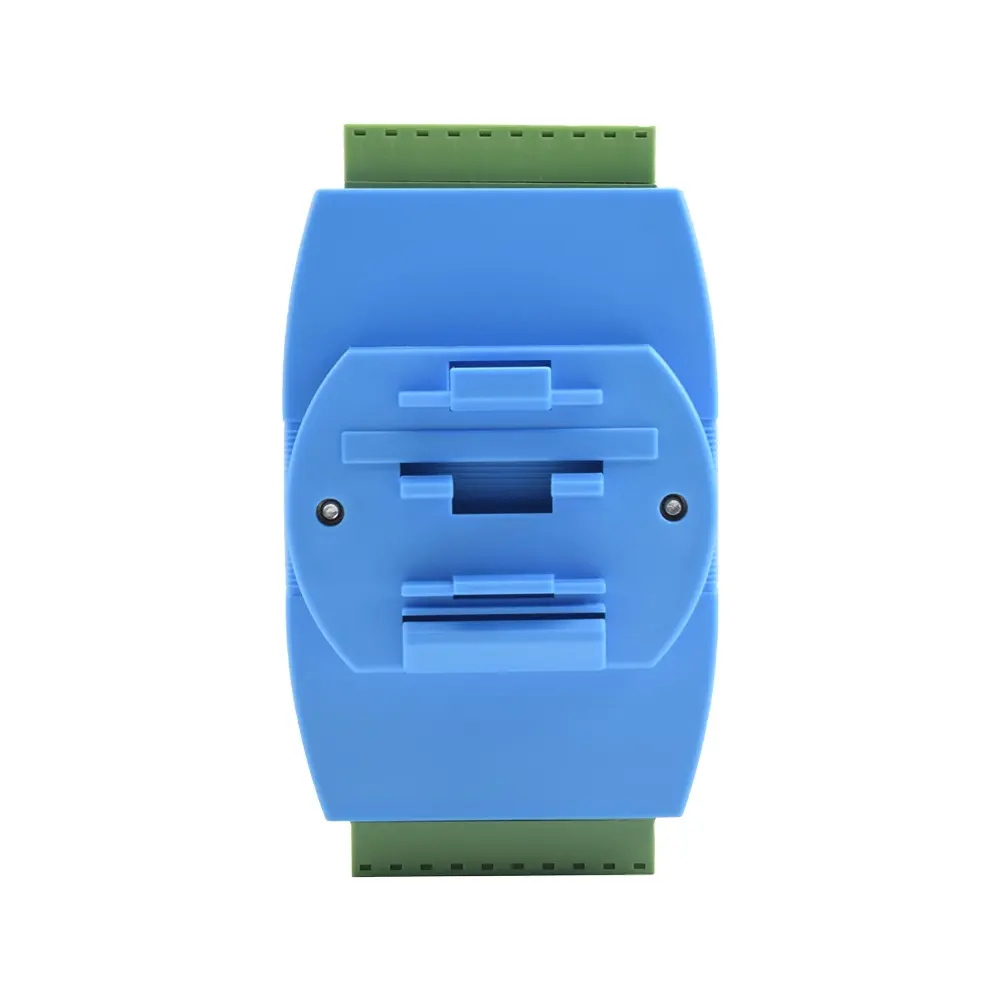
One key feature to look for in a water test kit for nitrates is its detection limit. The detection limit refers to the lowest concentration of nitrates that the kit can accurately measure. For most residential applications, a detection limit of 1 ppm (parts per million) is sufficient. However, if you suspect higher levels of nitrates in your water source, you may want to consider a kit with a lower detection limit for more precise results.
Another important consideration when choosing a water test kit for nitrates is its testing method. There are several different methods used to detect nitrates in water, including colorimetric tests, test strips, and electronic meters. Colorimetric tests involve adding reagents to a water sample and observing a color change to determine nitrate levels. Test strips provide a quick and easy way to measure nitrates, while electronic meters offer digital readouts for more precise measurements. The best testing method for you will depend on your specific needs and preferences.
In addition to the detection limit and testing method, it is also important to consider the ease of use and reliability of the water test kit. Look for a kit that comes with clear instructions and all the necessary materials for testing. Some kits may also include multiple tests, allowing you to monitor nitrate levels over time. It is also a good idea to check the expiration date of the kit to ensure its accuracy.
When shopping for a water test kit for nitrates, be sure to read reviews and compare different options to find the best fit for your needs. Consider factors such as cost, accuracy, and ease of use to make an informed decision. Remember that regular testing is essential for ensuring the safety of your drinking water, so investing in a high-quality water test kit is a worthwhile investment.
In conclusion, choosing the best water test kit for nitrate testing is essential for monitoring the quality of your drinking water. Consider factors such as detection limit, testing method, ease of use, and reliability when selecting a kit. By investing in a reliable water test kit, you can ensure that your water is safe and free from harmful contaminants.

